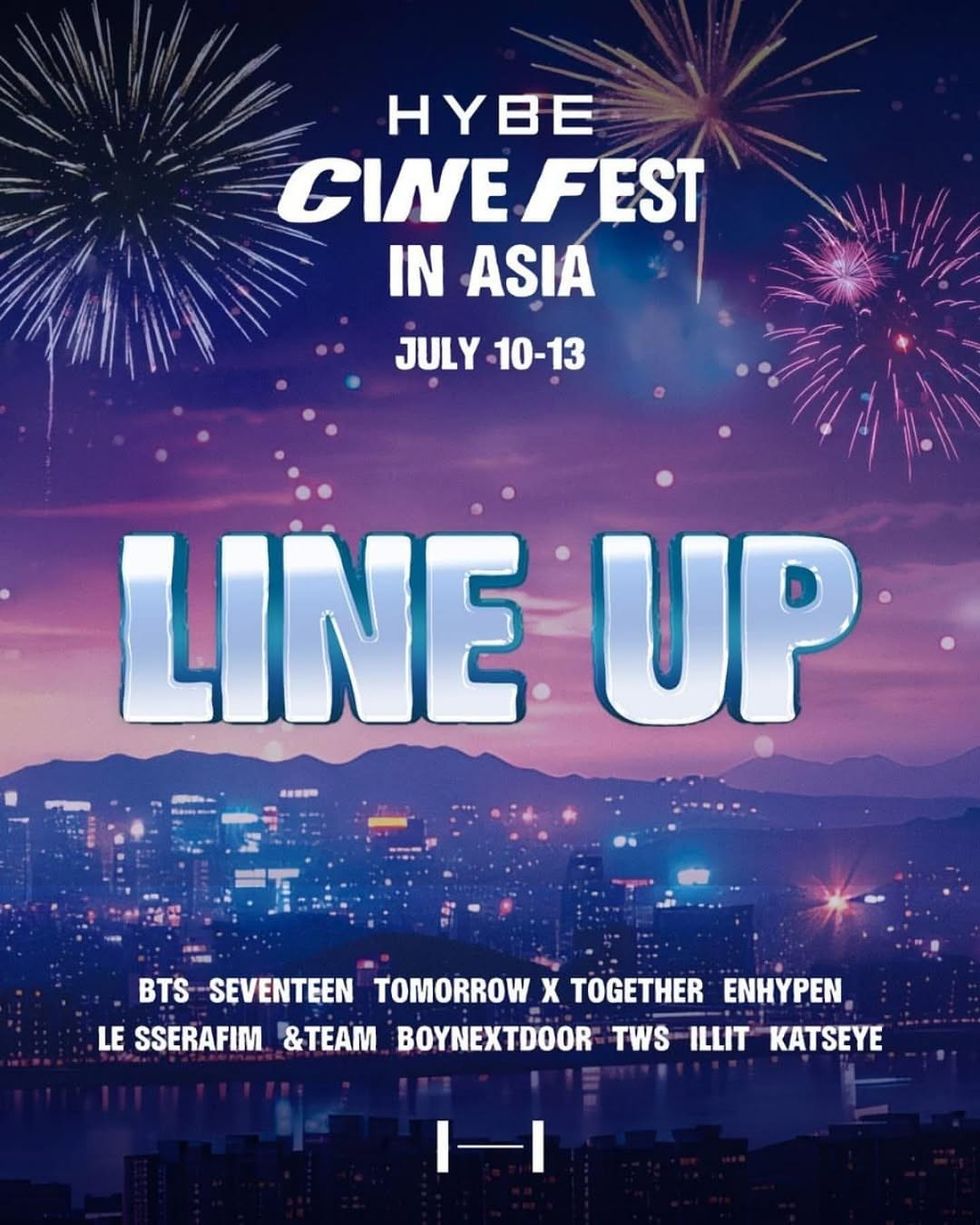A B de Villiers is not surprised that just days before South Africa renews it quest for an elusive World Cup, the talk back home is all about racial quota in the team.
It's a rinse-and-repeat sort of situation and de Villiers, who retired in 2018, is glad that he is a mere spectator to the situation now.
"...it's a shame going into a tournament to have the focus on that. I mean it's nothing new, it's just a shame," lamented one of the greats of South African cricket.
"Luckily this time around, I've had nothing to do with anything over there. I'm just a spectator," the 40-year-old said.
The cause of outrage is the presence of just one black player in the squad for the T20 showpiece that will take place in the Americas from June 1.
Considered the perennial bridesmaids, who tend to choke in crunch situations, South Africa somehow are always in the pre-tournament favourites bracket without actually living up to the tag.
And having a deeply divisive topic take centre-stage just days before they begin their campaign is a far-from-ideal build-up for a country that has a troubled past when it comes to race relations. The Proteas will start off against the Netherlands in New York on June 8.
Over the course of a season, six players of colour are required to be in the South Africa playing eleven including two from the black African community as per the policy introduced in 2016.
With Kagiso Rabada being the only black African in the T20 World Cup squad, the national team is set to miss its target. Another black-African, Lungi Ngidi, is part of the travelling reserves.
The other players of colour include Reeza Hendricks, Bjorn Fortuin, Keshav Maharaj, Tabraiz Shamsi and Ottniel Baartman.
"There are controversial moments back home as per usual with the South African squad just before a World Cup," de Villiers said.
"I think it's a good team. It's a shame about Lungi... lost a bit of form, had a couple of injuries. Otherwise, he most probably would have been in the squad and there wouldn't have been any controversial stuff back home," he added.
At the moment, Cricket South Africa doesn't have a committee of selectors and the team is picked by head coaches Shukri Conrad and Rob Walter .
"Sometimes these things happen and it puts you under a bit of pressure as a selection panel and as a coach and a captain," de Villiers said.
"From what I remember is with the quota system, it's an average team, an average number over the season and they don't really look at every series, but as journalists sometimes enjoy steaming up things a bit," he tried to put things in context.
Following the selection of the squad earlier this month, former sports minister Fikile Mbalula and former CSA and ICC president Ray Mali questioned the composition of the side.
"Only one African player selected in the Proteas Team for the upcoming T20 World Cup 2024 Team. Definitely a reserval of the gains of transformation and doesn’t reflect fair representation of all South Africans in the national cricket tea,” Mbalula wrote on X.
On SABC Sport, Mali said the game is heading backwards in the country.
"I believe a lot has been achieved, but I believe we have gone backwards in terms of cricket - we have taken a step backwards instead of going forward," said Mali.
But de Villiers was a bit more empathetic towards those who made the choices and said he does not see anything sinister in the process.
"Maybe they are short. Maybe they are well within their right to do whatever they were needed to do in this World Cup.
"Keeping in mind there were a couple of injuries, a couple of out of form players. It's never easy," he said.
(PTI)


















 Everything you need to know about HYBE Cine Fest 2025 and line-up Instagram/
Everything you need to know about HYBE Cine Fest 2025 and line-up Instagram/ HYBE Cine Fest 2025 details Instagram/
HYBE Cine Fest 2025 details Instagram/

